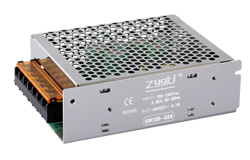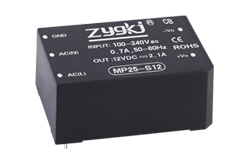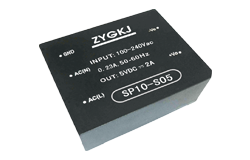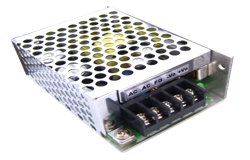About isolated dc dc converter
DC to DC converters are commonly used to convert one type of DC voltage to another. They are often used in isolated systems, where a clean and stable voltage is needed.
What is an isolated DC to DC converter?
An isolated DC to DC converter is a device that is used to convert a DC voltage from one source to another DC voltage. This device is often used to provide a regulated voltage output in applications where there is a need to isolate the two sources from each other.
How does an isolated DC to DC converter work?
An isolated DC to DC converter is a device that is used to convert a DC voltage from one source to another. The converter works by taking the input voltage and converting it to a DC voltage that is suitable for the output. This means that the converter will isolate the input from the output, which is why it is called an isolated converter.
Disadvantages of using an isolated DC to DC converter
There are several disadvantages of using an isolated DC to DC converter. Firstly, the converter is typically bulky and takes up a lot of space. Secondly, the converter is often expensive to purchase. Thirdly, the converter often has a limited output voltage range. Finally, the converter is typically not very efficient, meaning that it consumes a lot of power. As a result, it is often not the best option for use in power-sensitive applications.







































